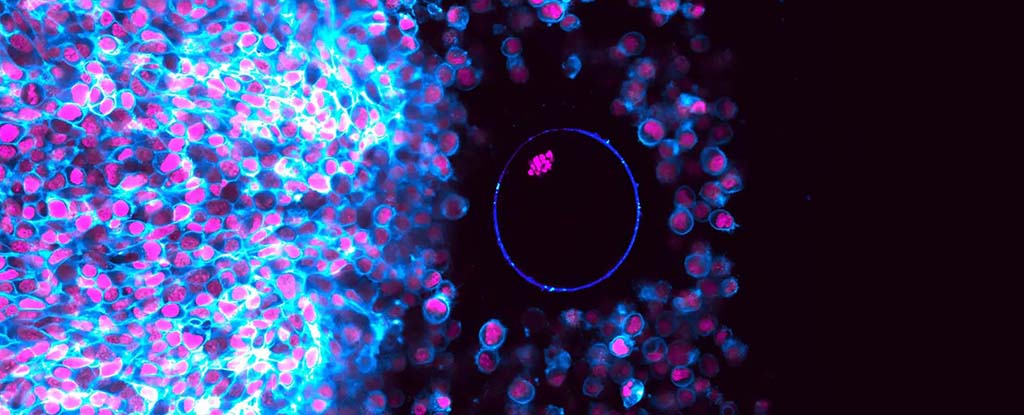In 2023, scientists discovered subtle ripples in the fabric of spacetime, known as gravitational waves, originating from pulsar timing arrays. These low-frequency waves were initially thought to be the result of a phase transition that occurred shortly after the Big Bang. However, new research has cast doubt on this explanation, suggesting that our understanding of these cosmic waves might need to be revised.
The Initial Hypothesis
The theory behind these gravitational waves was that they were linked to a phase transition in the early universe. A phase transition is a sudden change in a substance’s properties, often occurring when conditions reach a critical point. For example, water turning into ice is a phase transition. Scientists believed that a similar process, which happened shortly after the Bing Bang, produced gravitational waves detectable at nanohertz frequencies. This phase transition was thought to have played a significant role in the formation of fundamental particles.
Challenges to the Current Understanding
Andrew Fowlie, an assistant professor at Xi’an Jiaotong-Liverpool University, and his team have raised questions about this hypothesis. Their research indicates that the phase transition would need to be “supercool” to produce the observed low-frequency waves. In simple terms, this means the transition would need to occur in an extremely cold state, which seems unlikely given the conditions of the early universe.
The problem is that supercool transitions would have struggled to complete due to the rapid expansion of the universe following the Big Bang. Fowlie notes that even if such a transition were to speed up towards the end, it would not align with the observed frequency of the waves.
Implications of the Findings
The current findings suggest that the gravitational waves detected might not be related to the proposed phase transition after the Big Bang. If these waves are not from this transition, it implies that there could be other, yet-to-be-understood processes at play. Fowlie emphasises that understanding these waves could reveal new aspects of physics and help answer fundamental questions about the universe’s origin.
The discovery also has broader implications. It might improve our understanding of other phase transitions and their effects, both in cosmic contexts and on Earth. For instance, insights gained from these studies could impact how we understand water flow through rocks or how wildfires spread.
Moving Forward
The team’s research suggests that a more nuanced approach is needed to study supercool phase transitions and their connection to gravitational waves. This could involve developing new techniques to measure and interpret these waves more accurately. As our knowledge evolves, it will be crucial to keep exploring and refining our theories about the universe’s earliest moments and the fundamental processes that shaped it.
Understanding these supercool transitions and the gravitational waves associated with them might offer a richer picture of the universe’s origins, leading to exciting new developments in physics.





